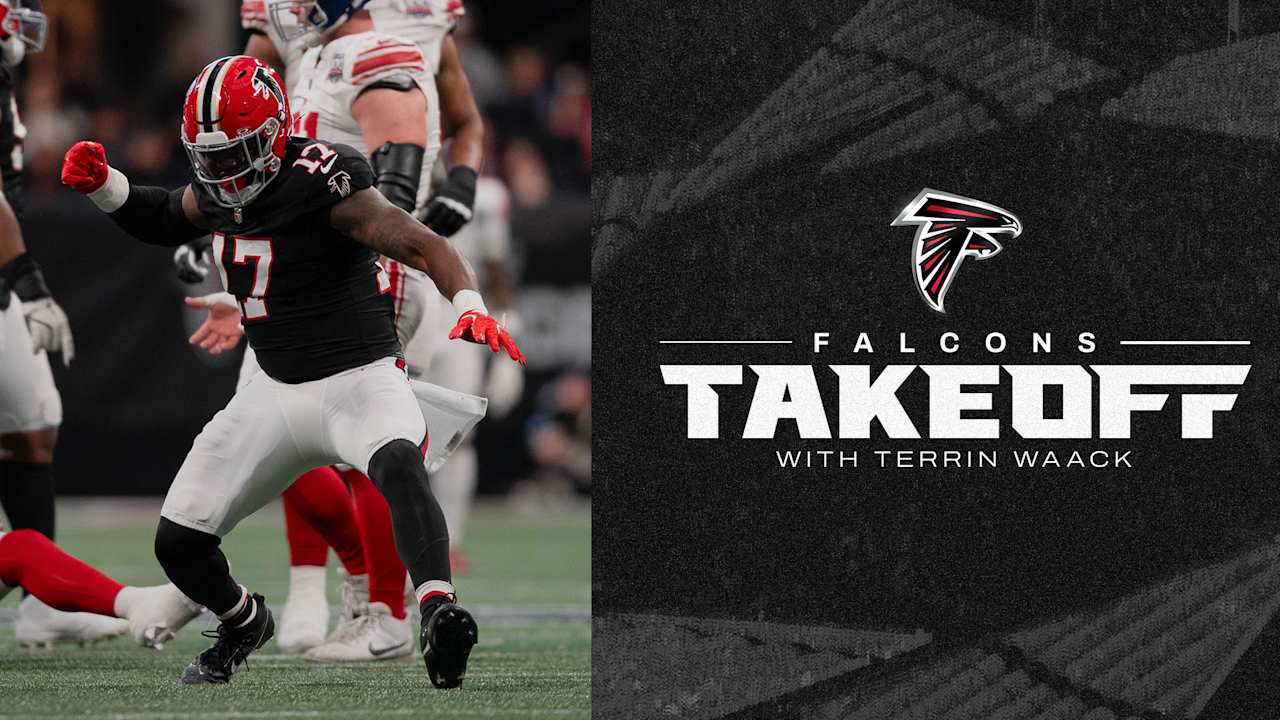Infra
New York’s winds of change offer a model of hope

If at first you don’t succeed, so goes the saying, engage in enough lobbying with the public procuring authority to ensure a fledgling industry doesn’t fall on its knees, so goes the paraphrase.
That’s what’s happened in New York over the past six months with its fourth offshore wind solicitation. This one was markedly different to its predecessors, as it was largely comprised of re-bids of previously successful projects, which, thanks to a tumultuous 2023 for the offshore wind industry, had to be re-tendered.
Earlier this month, New York State Energy Research and Development Authority – New York’s procuring authority – announced the conclusion of the solicitation, declaring it had agreed new contracts with the 924MW Sunrise Wind project, being developed by Orsted and Eversource, and for the 810MW Empire Wind 1 site, being developed by Equinor.
The developers had re-bid the projects after they said last year they would be unable to deliver them at the strike price awarded in 2019, due to factors such as inflation, financing costs, interconnection costs and supply chain issues.
Sunrise Wind was originally awarded at a price of $110.37/MWh, while Empire Wind 1 received a price of $86/MWh. Arguing that they could not develop and operate the projects today at those prices, Sunrise Wind has now been awarded $150.15/MWh, while Empire Wind 1 will have a strike price of $155/MWh.
Plenty of smiling, happy offshore wind people after some successful lobbying work, then, particularly given the projects seemed dead in the water. NYSERDA’s negotiating hand was not a strong one, it must be said. After all, it had to steady the ship for a sector that was fast losing favour with investors – a sector that up until recently could attract bids from strategics and institutional investors alike.
However, this successful round is not just about the price increases, important as they are. Several industry sources believe it was NYSERDA’s previous focus on fixed-price contracts at the expense of other factors – ignoring issues such as inflation and interconnection cost-sharing adjustments – that led to the projects’ re-tendering.
That’s been incorporated into the new contracts, with an element of inflation adjustment based on a composite index comprised of values for labour, fabrication materials, steel, fuel and copper. NYSERDA also introduced an interconnection cost-sharing mechanism, whereby the authority would absorb parts of the interconnection costs previously fully borne by the project sponsor.
It’s hard not to see the results of these re-tenderings as a significant win for the developers, which in the case of Orsted and Equinor have significant Danish and Norwegian state ownerships, respectively. But the adjustments to the contracts by NYSERDA also fulfil some of the demands made last year by RWE chief executive Markus Krebler, following a series of project cancellations in the US and Europe that had created “the worst-case scenario for the energy transition”, he said.
The onus is now on other procuring authorities around the US to follow suit. New York was not the only state to see developers walking away from projects last year, with Massachusetts, Rhode Island and Louisiana all experiencing abandonment of projects or auctions. Some auctions in Europe also suffered from similar issues.
In April, the Biden administration said it would auction off 12 offshore wind plots by 2028. If that ambition survives November’s election and for bids to become reality, New York’s acquiescence to reality should be looked at as a model going forward.










